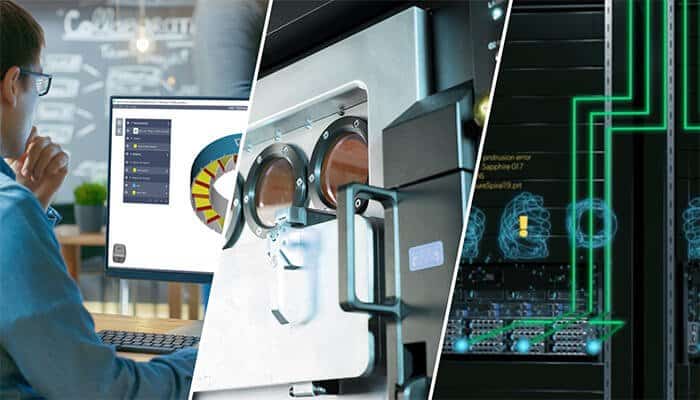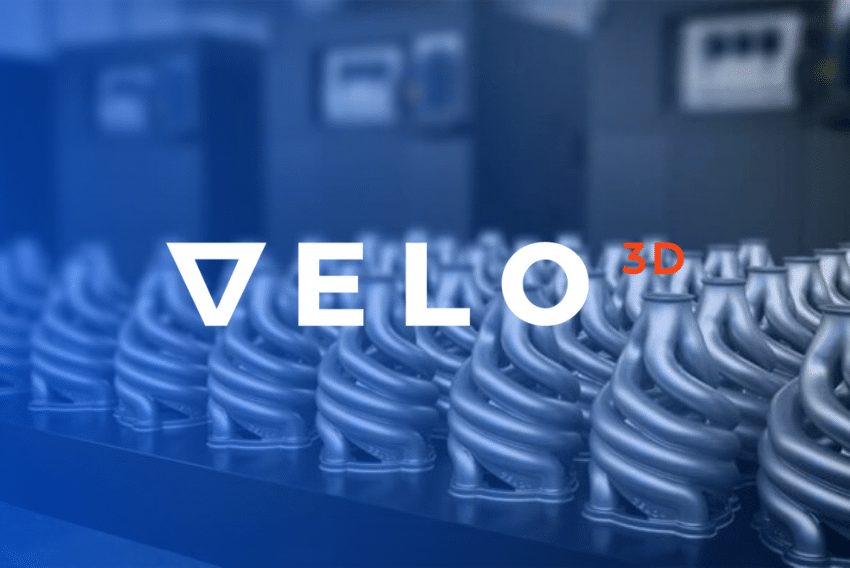The uptake of additive manufacturing (AM) is the foundation of the next industrial revolution.
However, despite its continued rate of adoption across a huge range of industries, the technology cannot reach its full potential until certain specific challenges have been successfully addressed.
One of those major challenges is progressing the technology behind metal additive manufacturing.
While Metal AM has existed for decades, the technology underpinning it has often imposed severe limitations on design freedom and part quality, requiring design engineers to make sacrifices in both the design and quality of mission-critical parts.
That is, until the advent of Velo3D’s end-to-end metal additive manufacturing system.
About Velo3D
Velo3D was founded by Benny Buller in order to address what he saw as a fundamental flaw in the design of current metal AM printing technologies.
In order to solve these issues, Buller understood both new technologies and a new approach to Designing for Additive Manufacturing (DfAM).
As we’ve mentioned, DfAM for the current metal 3D printing technology often required design engineers to make significant changes or sacrifices. This significantly slowed down the adoption of metal AM.
Benny’s vision was the creation of an entirely new technology and approach to metal AM that would remove the need for design sacrifices and present metal AM as a practical alternative to traditional manufacturing methods.
To this end, the company spent five years developing the end-to-end metal additive manufacturing system.

Velo3D’s End-to-End Metal AM Solution
One of the major issues with metal AM printing is the fact that powder recoater limits how fine and detailed the printed product can be.
In all metal AM printing, the workpiece is mounted on a metal build plate, which provides stability but must be cut off at the end of printing. A powder recoater then deposits a layer of metal powder onto the build plate, which is fused into the desired shape, often by lasers.
The object is then built up in layers, with the powder recoater moving across the previous layer to deposit a new layer of powdered metal.
The issue with this system is that the print needs to be supported or the powder recoater will make contact with the already fused sections of the print, knocking them out of alignment.
What makes the Velo3D system so revolutionary is that it uses a contact-free powder recoater. While this might sound like a small step forward, it solves many of the problems associated with metal AM.
Because the powder recoater doesn’t make any contact with the print, it no longer needs to be supported. This means design engineers using the Velo3D system no longer have to work within the strictures of DfAM, massively increasing the practicality of this manufacturing process.

Daniel V

Lead Engineer
"My favorite manufacturing platform"
Jiga is the best way to get the parts you need, when you need them.
The Benefits
There are a number of benefits to the Velo3D end-to-end system, including:
- No need for supports – By using a non-contact powder recoater, projects printed by the Sapphire® do not require supports. This both cuts down on the need for DfAM and its associated restrictions. Projects with complex geometries can be printed without the need for extensive post-processes or the need to remove supports from inside the piece.
- Print in powder – Another benefit of the lack of support is the fact that objects can be printed essentially free-floating in the powder. This will allow manufacturers to more effectively fill print volumes, cutting down on printing time and wasted powder.
- High resolution – The Velo3D system is able to achieve a 6000:1 aspect ratio on structures, as opposed to the more typical 10:1 ratio on competing systems. This allows the Velo3D system to print supportless metal objects with ultra-high precision.
- Dependability – This new approach of the metal AM allows manufacturers to produce quality products with consistent material properties and dimensional tolerances.
- Reduced time to market – As with all additive manufacturing options, the ability to design and print metal objects with no penalty for design complexity and a limited need for post-processes allows companies to significantly decrease new product time to market.
Latest News About the Company
In light of their innovative new evolution on metal 3D printing, Velo3D has gone from strength to strength.
The company was taken public in 2021 at a Pro Forma Enterprise Value of $1.6 Billion. Since then, Velo3D has gone on to provide its new evolution on metal AM to Wagner Machine Company, Vertex Manufacturing, and Primus Aerospace among other high profile clients.
In addition, the company has been recognized for its technological leaps forward by being named on the Fast Company’s Annual List of the World’s Most Innovative Manufacturing Companies for 2021.
The Future of Metal Additive Manufacturing
In order to be fully adopted as the basis for the next industrial revolution, all forms of additive manufacturing need to offer a restriction-free practical alternative to traditional manufacturing methods.
Despite being around for more than a decade, metal additive manufacturing has always been held back by the need for supports and the restrictions that are placed on the design and development of new projects.
Velo3D’s contactless non-contact powder recoater resolves many of the issues surrounding metal additive manufacturing, allowing for the fast and cost-effective manufacturing of complex supported products.
Steps forward like the Velo3D end-to-end manufacturing solution are just one more stage in metal additive manufacturing’s greater adoption and the wider application of 3D printing and additive manufacturing as a whole.
